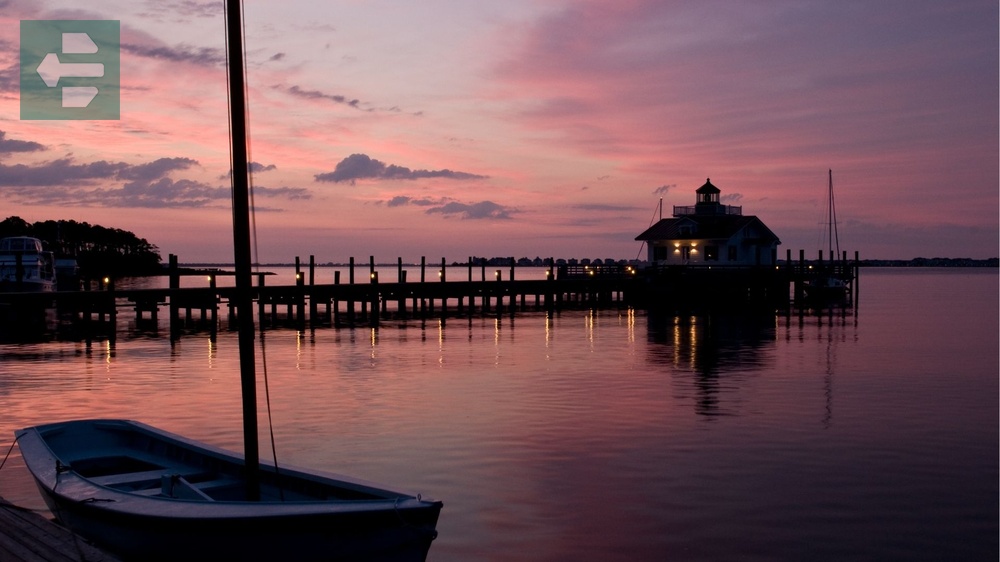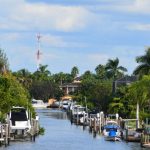The Outer Banks stretch along North Carolina's coast like a string of barrier islands, each with distinct character. From the wild horses of Corolla to the historic lighthouse of Buxton, destinations like Nags Head, Duck, and Manteo offer everything from pristine beaches to rich maritime history.
Keep reading as we uncover the best places to visit in Outer Banks that will transform your coastal getaway into an unforgettable adventure.
List of Contents
- 1. Nags Head: Where Beach Culture Began
- 2. Duck: Quiet Luxury Along the Sound
- 3. Kitty Hawk: First Flight Territory
- 4. Kill Devil Hills: Aviation History Central
- 5. Manteo: Waterfront Village Charm
- 6. Hatteras: Lighthouse and Legendary Surf
- 7. Ocracoke: Island Time Perfected
- 8. Corolla: Wild Horses and Untamed Beaches
- 9. Buxton: Where Three Oceans Meet
1. Nags Head: Where Beach Culture Began
Nags Head earned its name from colonial times when locals would tie lanterns to horses' necks to lure ships ashore. Today, it's the beating heart of Outer Banks tourism without losing its authentic charm.
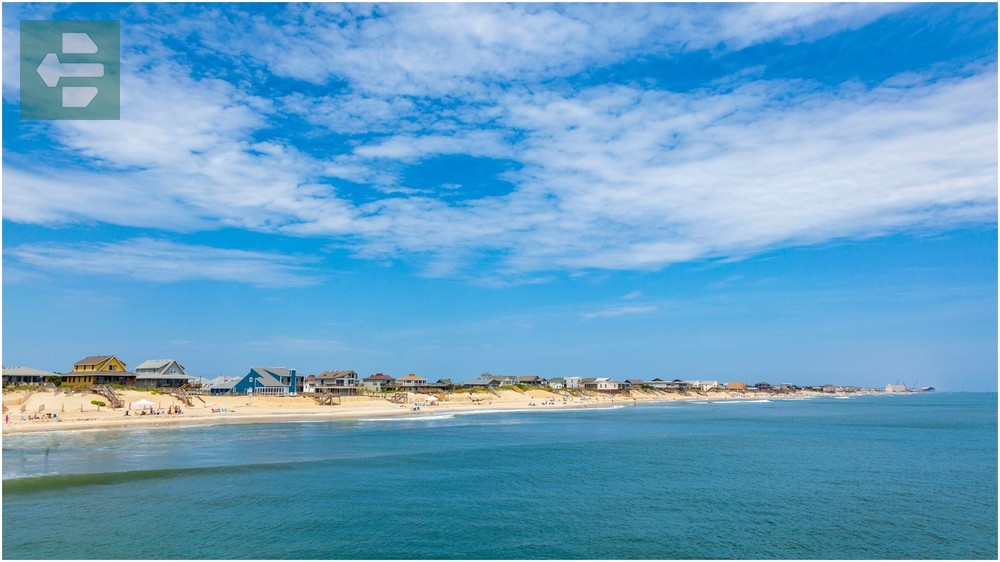
The fishing pier here extends 750 feet into the Atlantic, perfect for sunrise photography or catching your dinner. I've watched dolphins play in the surf while pelicans dive just feet away—moments that remind you why people have been drawn to this coastline for centuries.
Jockey's Ridge State Park towers behind the beach, home to the largest natural sand dune on the East Coast. The winds here are consistent enough for hang gliding, yet gentle enough for beginners.
Quick Facts:
- Peak season: June-August
- Access: US-158 (Beach Road)
- Entry fee: Free (parking fees apply)
- Suggested stay: 2-3 days
- Key attractions: Jockey's Ridge State Park, Nags Head Pier, Coquina Beach
2. Duck: Quiet Luxury Along the Sound
Duck transforms from a tiny fishing village into a sophisticated retreat where million-dollar homes line both ocean and sound. The town boardwalk curves along Currituck Sound, connecting shops and restaurants without a single chain store in sight.
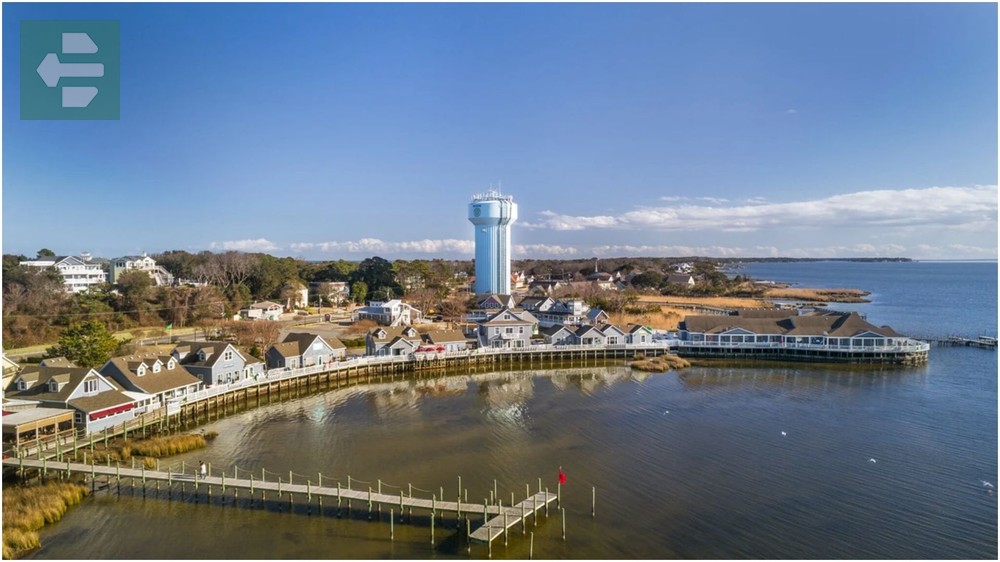
Early morning walks here reveal herons fishing in shallow waters while the rest of the world sleeps. The sound side offers calmer waters perfect for kayaking, while the ocean side delivers consistent waves.
Local watermen still work these waters, and you'll often see their boats returning with the day's catch as tourists sip evening cocktails on waterfront decks.
Quick Facts:
- Peak season: July-August
- Access: NC-12 North
- Entry fee: Free
- Suggested stay: 2-4 days
- Key attractions: Duck Town Boardwalk, Duck Research Pier, Currituck Sound
3. Kitty Hawk: First Flight Territory
Kitty Hawk holds the honor of humanity's first powered flight, though the actual event happened four miles south. The Wright Brothers Memorial stands on Kill Devil Hill, but Kitty Hawk offers quieter beaches and a more residential feel.
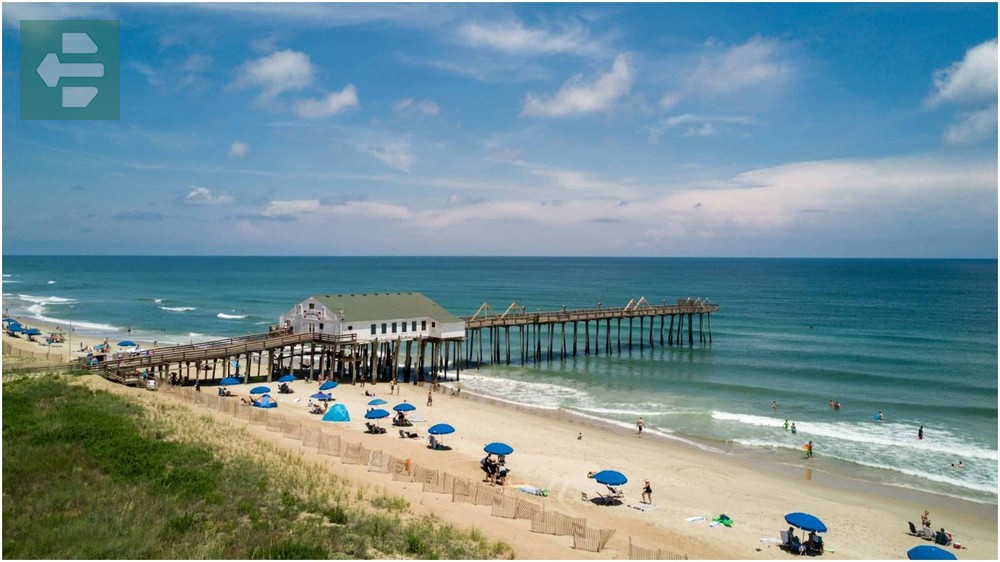
The maritime forests here shelter some of the oldest live oaks on the Outer Banks. These twisted trees have weathered countless storms, their branches shaped by decades of salt wind.
Kitty Hawk Bay provides protected waters for beginners learning to windsurf or paddleboard. The shallow flats warm quickly in spring, extending the comfortable season for water sports.
Quick Facts:
- Peak season: June-September
- Access: US-158 or NC-12
- Entry fee: Free
- Suggested stay: 2-3 days
- Key attractions: Kitty Hawk Woods, Kitty Hawk Bay, Kitty Hawk Pier
4. Kill Devil Hills: Aviation History Central
Kill Devil Hills earned worldwide fame on December 17, 1903, when the Wright brothers achieved sustained flight. The 90-foot granite monument marks the exact spot where aviation history began.
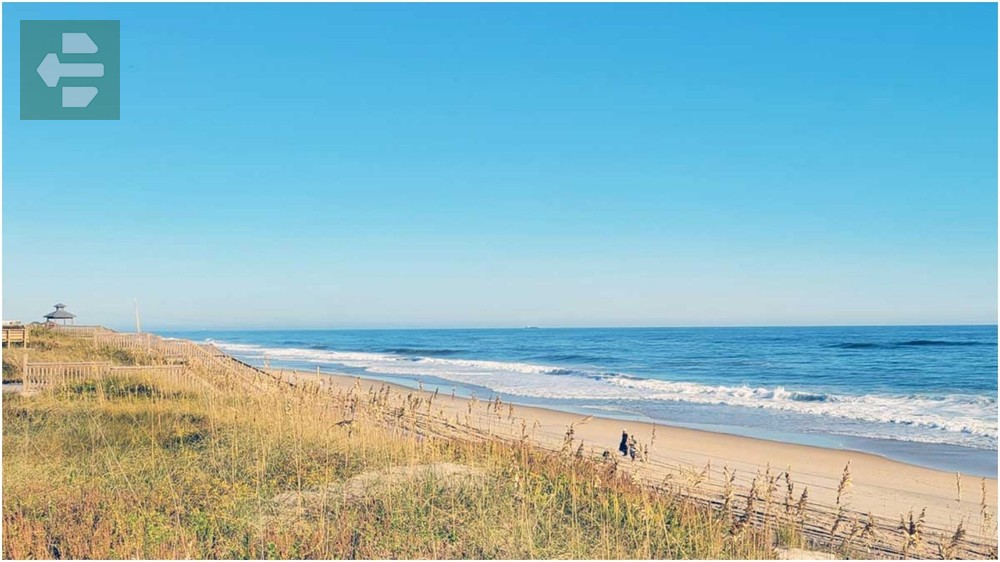
Standing where Orville Wright first lifted off the ground creates an indescribable connection to human achievement. The visitor center displays a full-size replica of the Wright Flyer, bringing the magnitude of their accomplishment into focus.
Beyond aviation history, Kill Devil Hills offers some of the most consistent surf breaks on the Outer Banks. The ocean here faces due east, catching swells from multiple directions.
Quick Facts:
- Peak season: June-August
- Access: US-158 to Wright Memorial Bridge
- Entry fee: $15 (Wright Brothers Memorial)
- Suggested stay: 1-2 days
- Key attractions: Wright Brothers National Memorial, Avalon Pier, First Flight Airport
5. Manteo: Waterfront Village Charm
Manteo sits on Roanoke Island, connected to the Outer Banks by bridges but feeling like a different world entirely. The waterfront downtown curves along Shallowbag Bay, lined with historic buildings and working boats.
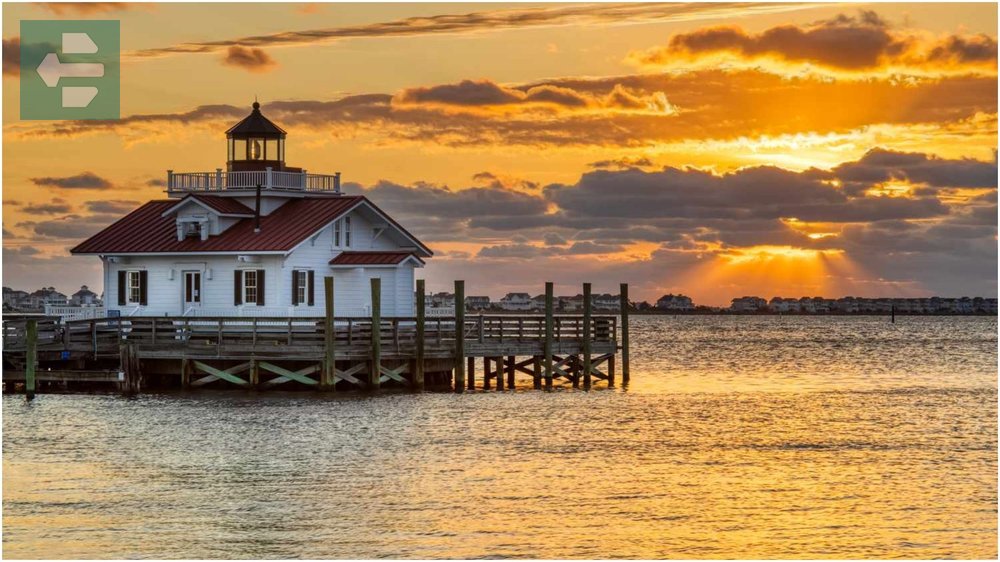
The Lost Colony outdoor drama has performed here since 1937, telling the story of America's first English settlement. Even if theater isn't your thing, the amphitheater setting beside the sound creates magical summer evenings.
I discovered the best fish tacos of my life at a small waterfront spot here, watching charter boats return with their catch while dolphins followed in their wake.
Quick Facts:
- Peak season: June-August
- Access: US-64 to Roanoke Island
- Entry fee: Free (attractions vary)
- Suggested stay: 1-2 days
- Key attractions: Lost Colony, North Carolina Maritime Museum, Roanoke Island Festival Park
6. Hatteras: Lighthouse and Legendary Surf
Hatteras village spreads around the southern tip of Hatteras Island, dominated by its famous black-and-white striped lighthouse. At 208 feet tall, it's the tallest brick lighthouse in North America and visible from 20 miles offshore.
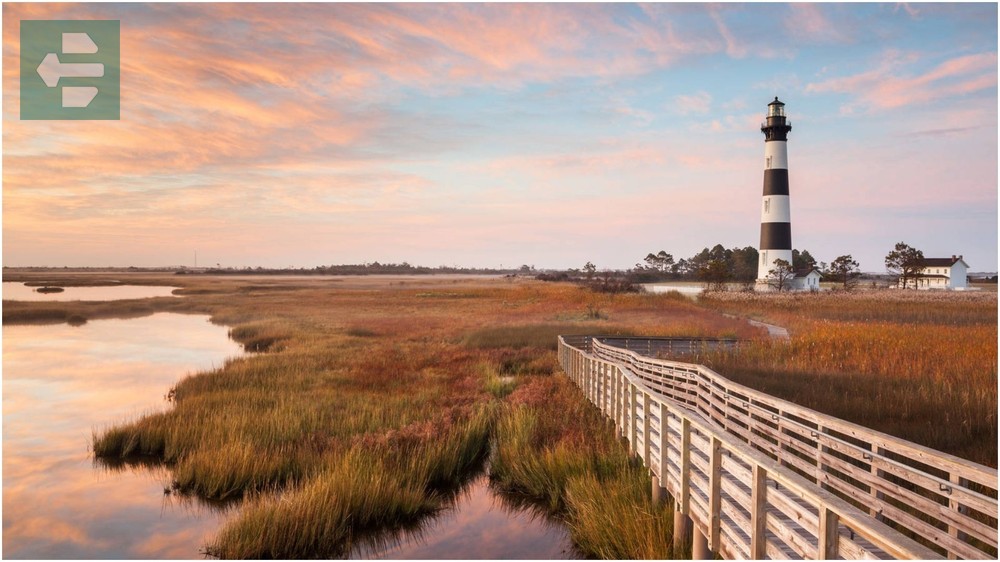
The waters off Cape Hatteras are known as the “Graveyard of the Atlantic” for good reason. Over 1,000 ships have wrecked here where the Gulf Stream meets the Labrador Current, creating some of the most challenging and rewarding fishing on the East Coast.
Hurricane swells here can reach 15 feet, attracting surfers from around the world. Even smaller waves pack power due to the deep water close to shore.
Quick Facts:
- Peak season: April-October
- Access: NC-12 South
- Entry fee: Free (lighthouse climb $10)
- Suggested stay: 2-3 days
- Key attractions: Cape Hatteras Lighthouse, Diamond Shoals, Hatteras Inlet
7. Ocracoke: Island Time Perfected
Ocracoke exists only by ferry, creating natural barriers that preserve its unhurried atmosphere. The village clusters around Silver Lake Harbor, where Blackbeard once anchored and met his end in 1718.

Wild ponies roam the northern reaches of the island, descendants of shipwrecked horses that adapted to island life. Seeing them graze near ancient live oaks feels like stepping into an untouched America.
The beach here stays relatively uncrowded even in summer. I've walked miles without seeing another footprint, collecting shells while frigatebirds soar overhead hunting for fish.
Quick Facts:
- Peak season: June-September
- Access: Ferry from Hatteras (free) or Cedar Island/Swan Quarter (fee)
- Entry fee: Free
- Suggested stay: 2-4 days
- Key attractions: Ocracoke Lighthouse, Wild ponies, Silver Lake Harbor
8. Corolla: Wild Horses and Untamed Beaches
Corolla's claim to fame runs wild along its beaches—Spanish Colonial horses that have roamed freely for over 500 years. These descendants of shipwrecked livestock have adapted to beach life, grazing on sea grass and digging wells in the sand.

The Whalehead Club, a 1920s hunting lodge, now serves as the area's cultural centerpiece. Its Art Nouveau architecture seems oddly elegant against the wild landscape, but that contrast defines Corolla perfectly.
Four-wheel drive vehicles can access the beaches north of the village, where development gives way to pristine coastline stretching toward Virginia.
Quick Facts:
- Peak season: June-August
- Access: NC-12 North (4WD required for northern beaches)
- Entry fee: Free
- Suggested stay: 2-3 days
- Key attractions: Wild horses, Currituck Beach Lighthouse, Whalehead Club
9. Buxton: Where Three Oceans Meet
Buxton sits at Cape Hatteras Point, where the Atlantic Ocean bends westward and three different ocean currents converge. This geographic quirk creates unique conditions for both fishing and weather that change by the hour.

The Cape Hatteras Lighthouse moved here in 1999, relocated 2,900 feet inland to escape advancing erosion. Watching this 4,800-ton structure's journey became a symbol of human adaptation to nature's power.
Diamond Shoals extend 14 miles offshore from Buxton, creating a natural fish highway that attracts everything from red drum to blue marlin. Charter captains here have decades of experience reading these ever-changing waters.
Quick Facts:
- Peak season: April-November
- Access: NC-12 to Cape Hatteras National Seashore
- Entry fee: Free
- Suggested stay: 2-3 days
- Key attractions: Cape Hatteras Point, Diamond Shoals, Cape Hatteras Lighthouse
The best places to visit in Outer Banks offer more than scenic beauty—they provide connections to American history, untamed nature, and the endless rhythm of Atlantic waves.
Each island holds its own secrets, from Corolla's wild horses to Ocracoke's pirate legends.
Your Outer Banks adventure awaits, where every sunrise brings new possibilities and every sunset leaves you planning tomorrow's discoveries.
